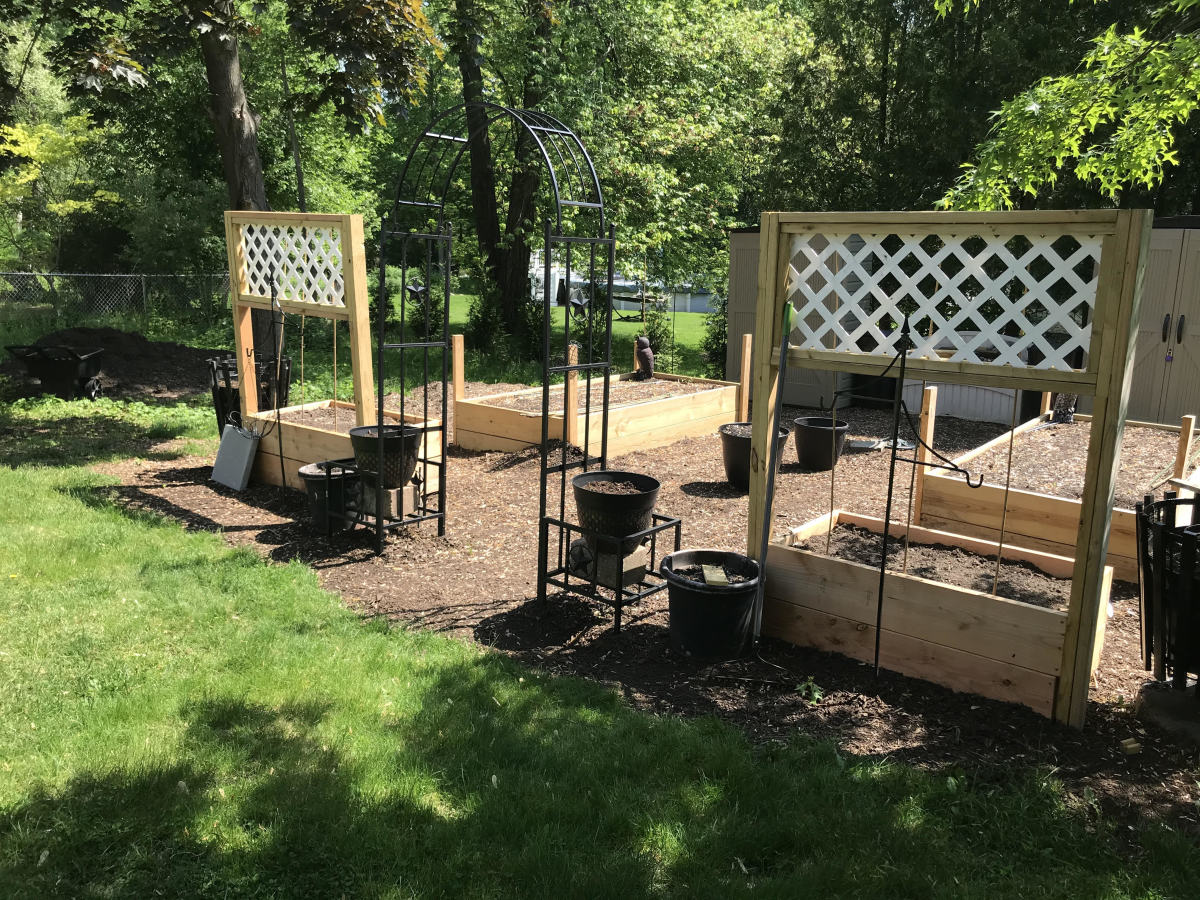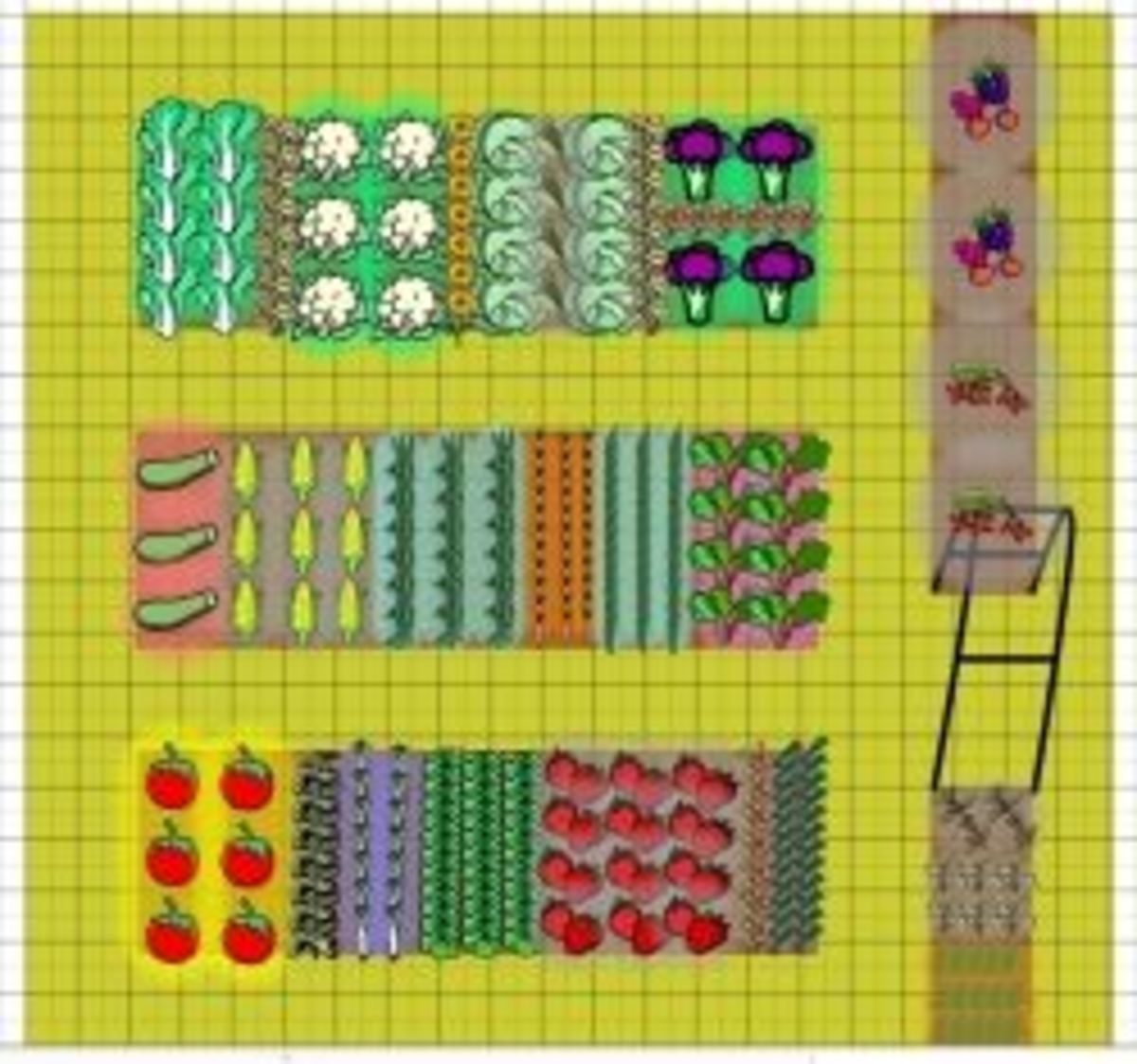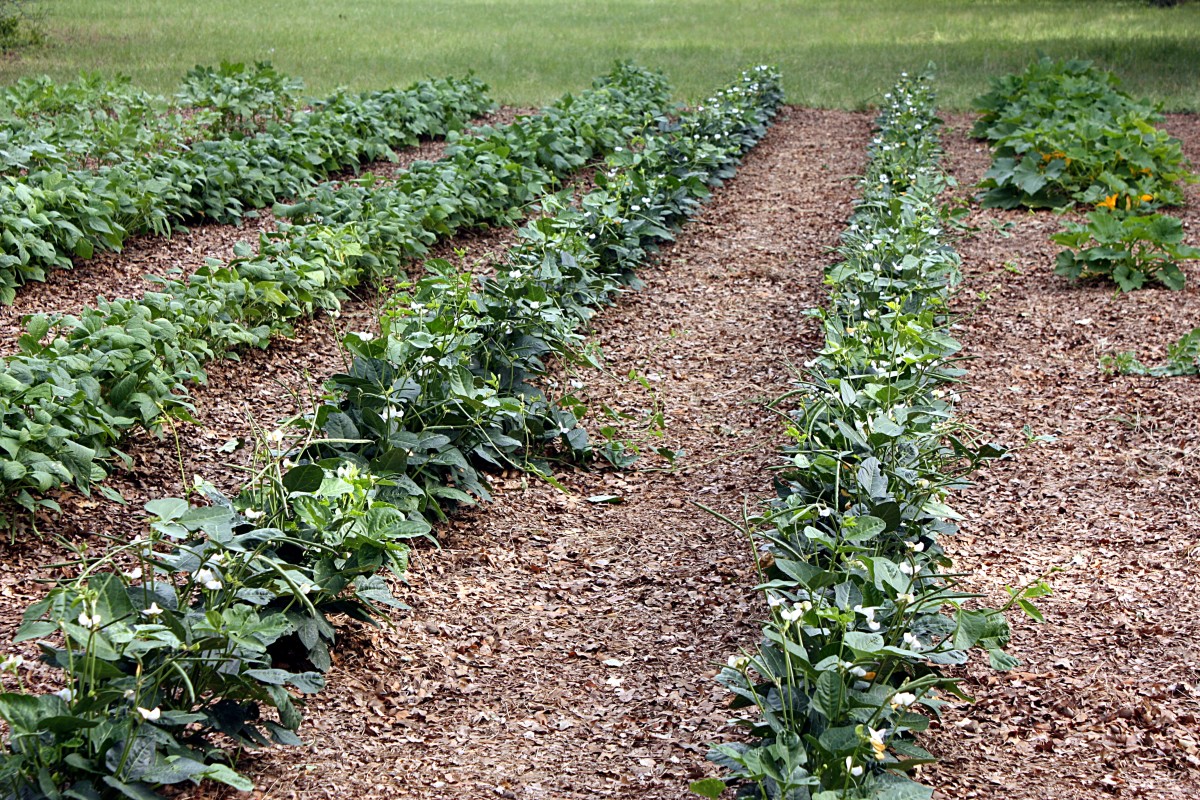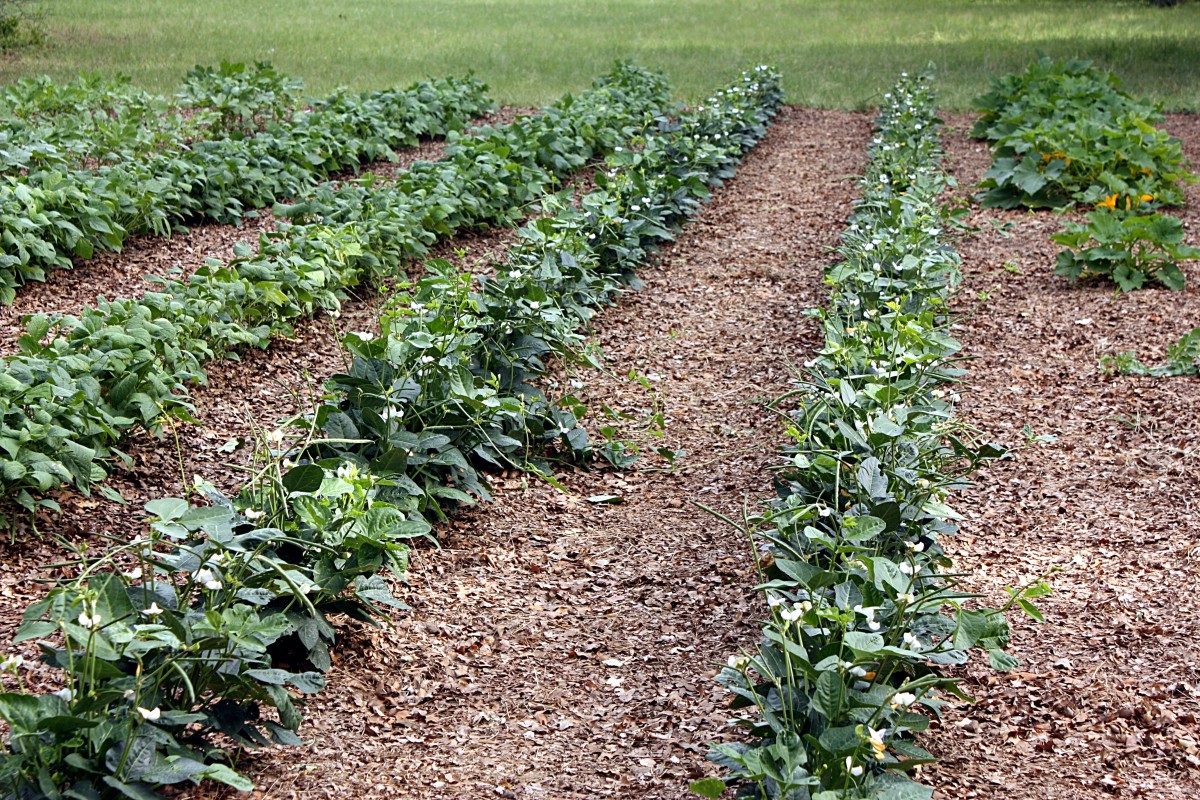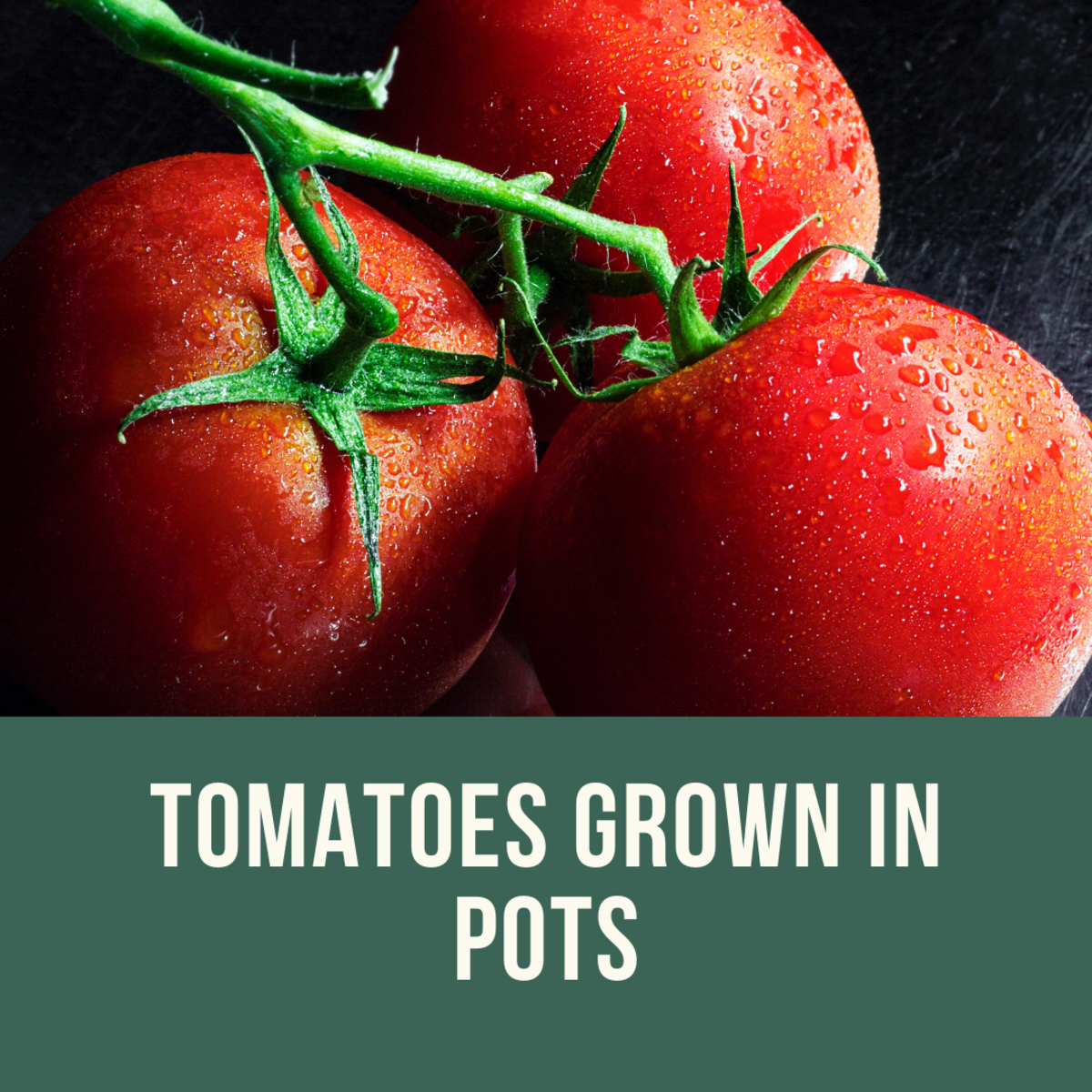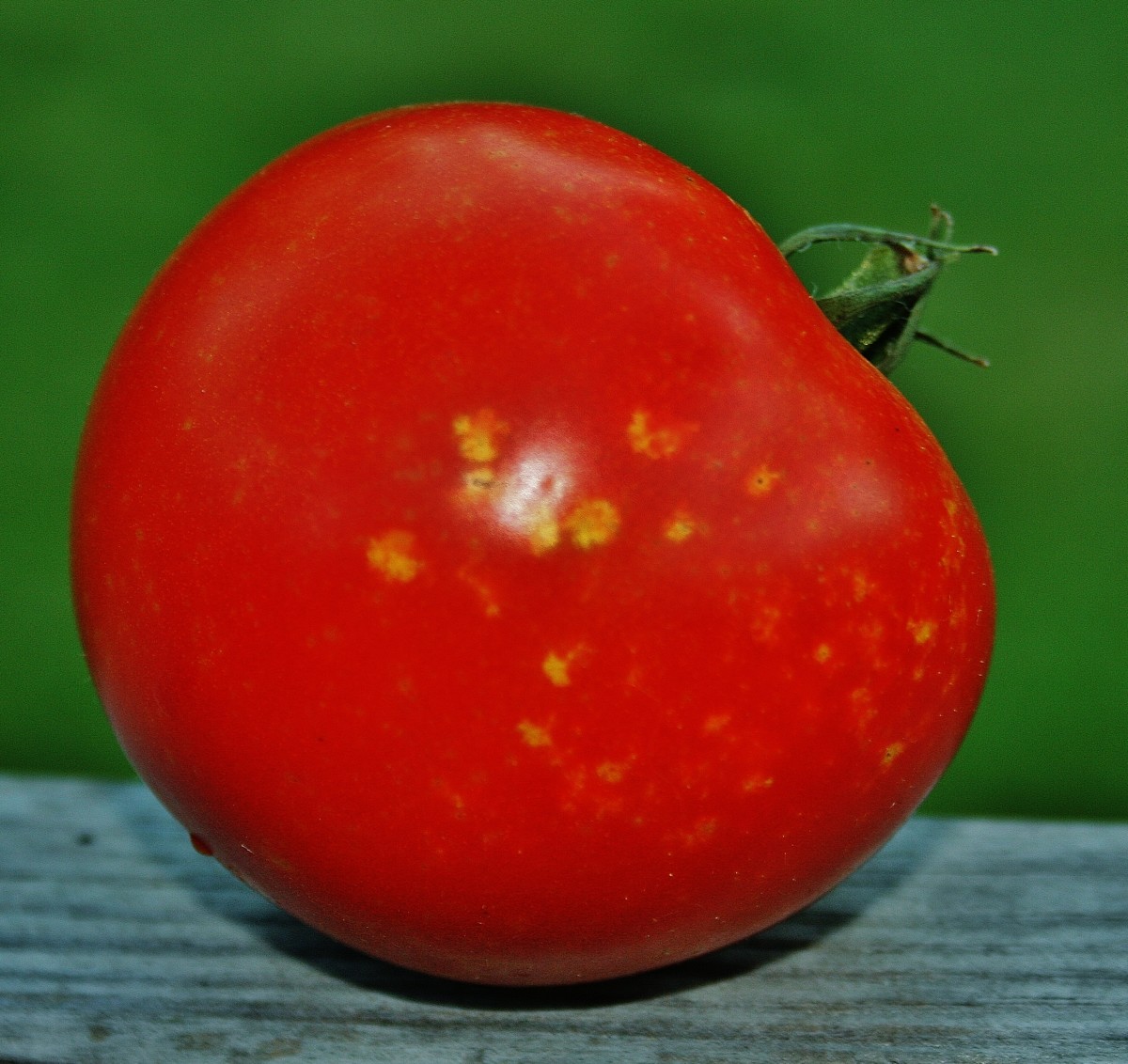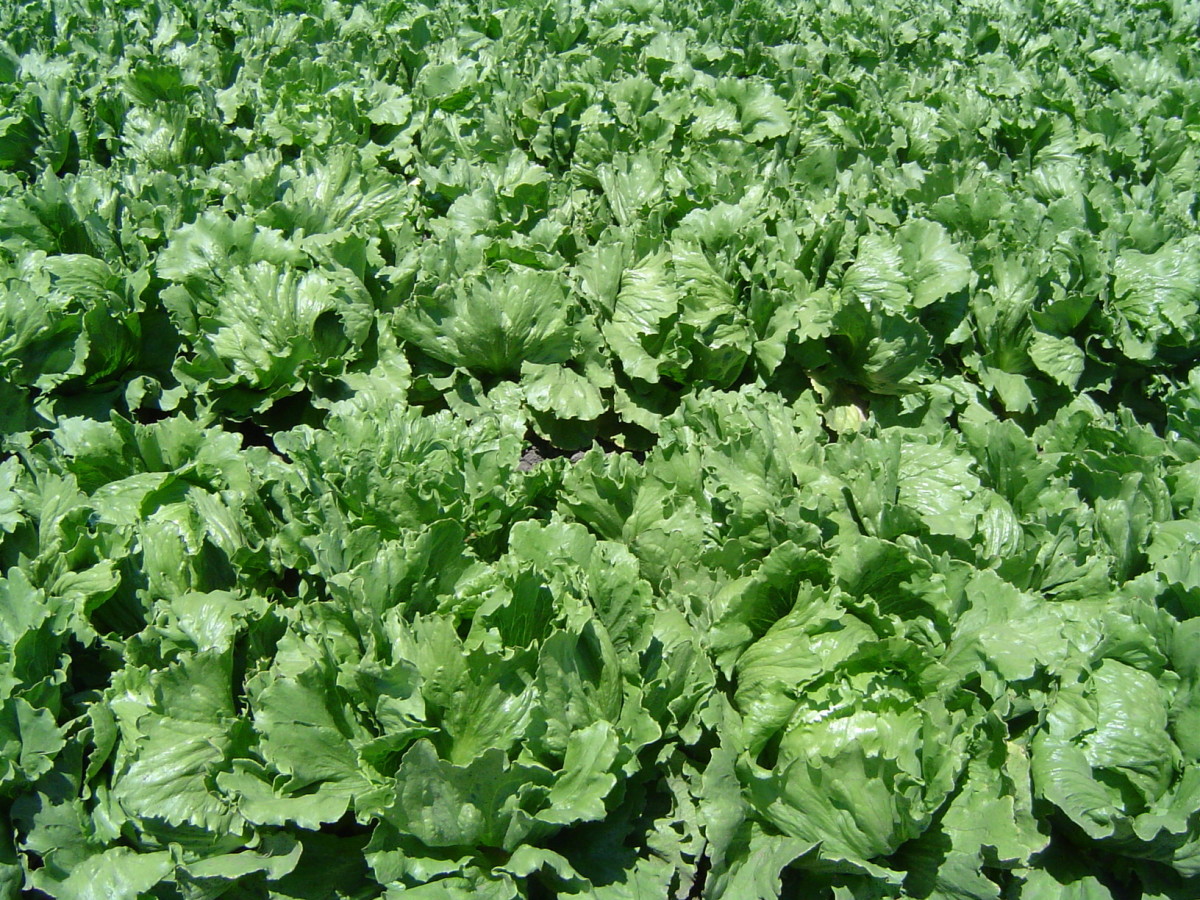How to Rotate Crops in the Vegetable Garden
Rotating Vegetables in the Garden
Many people wonder how to rotate crops in the vegetable garden, and if it really makes any difference. Commercial farmers have been practicing forms of crop rotation for many years, and for good reason. They know that rotating soybeans and corn is a beneficial practice. This is because vegetables like beans fix nitrogen in the soil, while corn comes along the next year and uses that nitrogen to produce corn.
These same principals work well in the home garden. Because different groups of vegetables use the soil differently, it does seem to make a difference if they are rotated around the garden from year to year. Let's take a look at the advantages of crop rotation and the main categories of plants for this purpose so you can make a rotation plan now.
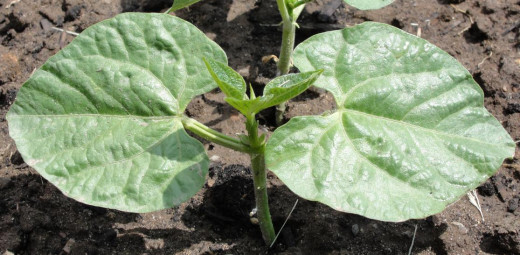
Did you know?
Peas and beans actually fix nitrogen in the soil, which is great for vegetables that are planted in that spot next year.
Benefits of Crop Rotation in the Vegetable Garden
There is a reason that moving vegetables around from year to year makes sense. In fact, there are several. Here are the most compelling.
- Plants in a related group use the same nutrients in the soil, so planting them in the same spot year after year will deplete the garden area of the nutrients that the plant needs, ultimately leading to reduced harvest. Rotation helps to regulate the soil and improve nutrients in the soil over time.
- Planting an area with the same plant each year will invite pests to make homes in that soil in that particular spot, subjecting the plants to greater pest populations each year. You will reduce garden pests by moving things around.
- Certain plant diseases can stick around in the soil for a while, so to reduce plant disease, it's best to let another type of plant grow in the soil for a few years.
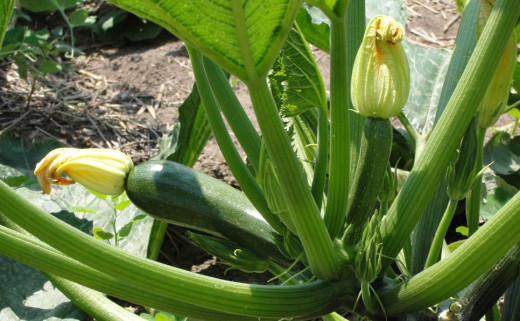
Which Vegetables to Rotate in the Garden
Vegetables can be broken down into several primary groups that should be rotated around for best results. The truth is that some of these groups can coexist, but it's easier to think of them in these groups, since they mostly make sense and you may be able to remember it better.
Group
| Group Name
| Vegetables In This Group
|
|---|---|---|
A
| Bean and Pea Group
| beans, peas
|
B
| Cabbage Group
| broccoli, Brussel sprouts, cabbage, cauliflower, kale, kohlrabi, rutabaga, turnips
|
C
| Onion Group
| chives, garlic, leeks, onions
|
D
| Root Group
| beets, carrots, celery, parsnips, sweet potato, Swiss chard
|
E
| Tomato Group
| eggplant, pepper, potato, tomato
|
F
| Squash Group*
| cucumber, melon, summer squash, watermelon, winter squash
|
G
| Wild Card Group*
| corn, lettuce
|
Corn and lettuce can be planted anywhere, but corn will shade other plants. Plants in the squash group can also be wild cards that you plant wherever you like.
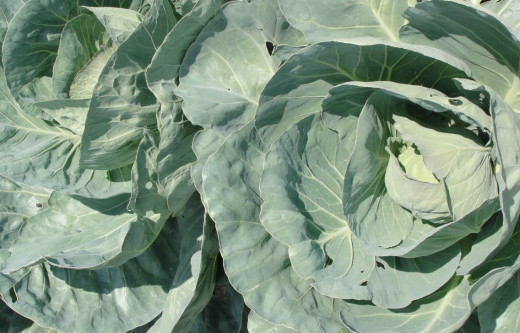
Make a Crop Rotation Plan
To make a plan, just refer to the chart above. If you remember what you planted last year, check out the next group in the list to see if you can plant something in that group in that spot this year. For example, if you grew bush beans last year in a spot, broccoli or cabbage would be a good idea this year. Likewise, moving your bean crop this year to the spot that held your tomatoes last year would be smart.
Some plants just don't really matter that much. Corn is so tall that it kind of belongs in it's own group, though it may be most related to the tomato group. One neat way to make corn work is to use the three sisters technique of growing corn, pole beans, and squash together. By doing this, the beans fix nitrogen in the soil that the corn uses, the beans climb the corn stalks, and the squash leaves act as a mulch to retain moisture in the soil.
Lettuce is another plant that can go anywhere. Just plant lettuce wherever you like and it will be fine. Squash is similar, and can be rotated as you like.
How Often to Rotate Crops in the Garden
How often you move the different groups from one spot to another depends on how big your garden is and how many of these groups you plant. At a minimum, you want to avoid planting anything from the same group in the same spot of the garden two years in a row.
Better yet is to set up a 4-5 year crop rotation plan and implement it, rotating among at least five groups before a particular vegetable is reintroduced into the spot. For this purpose, the use of a garden diary, pictures, or a simple map will help greatly as you progress through the seasons.
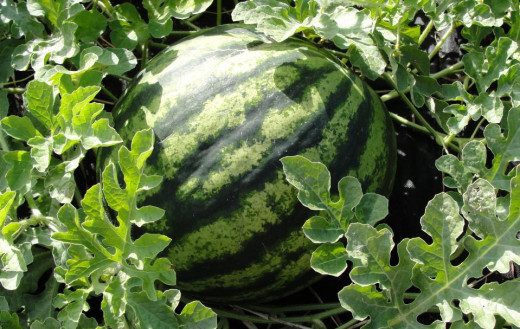
Get the Most Form Your Garden
if you'd like to reduce the need for fertilizer and pesticides, vegetable crop rotation may be a good idea to use in your garden. It is very simple and costs nothing, so give it a try and see if it positively impacts your harvest.


